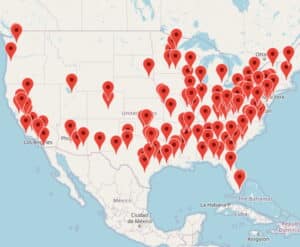By Deborah Stipek and Kathryn Hanson
Victor Hugo’s 19th-century remark, “He who opens a college door closes a prison,” still holds true these days.
The connection between education and incarceration was made starkly clear at Stanford’s 2014 Cubberley Lecture, exactly where actress Anna Deveare Smith brought to life the difficulties facing disadvantaged youth in American schools by way of a series of humorous, gritty, and brutally honest monologues.
Deveare Smith, acclaimed for her roles on TV shows like The West Wing and Nurse Jackie, is known for bringing academic rigor to her theatrical creations. In portraying the sobering reality of disadvantaged youth caught in the school-to-prison pipeline, Deveare Smith challenged us to improve.
The link between poor education and incarceration is borne out in data. Dropouts are three times more likely to be arrested than high school graduates. Nationally, 68% of all males in prison do not have a college diploma. Only 20 percent of California inmates demonstrate a fundamental level of literacy, and the typical offender reads at an eighth-grade level.
A lot of so-called dropouts who finish up in jail are truly push-outs. Under the guise of zero tolerance, initiated after Columbine, students are usually asked to leave school as an initial response rather than a last resort. Discriminatory practices are popular.
Published Dec 26, 2014 by Christopher Zoukis, JD, MBA | Last Updated by Christopher Zoukis, JD, MBA on Jun 18, 2023 at 10:19 pm


